Media | Articles
The Rules of Attraction
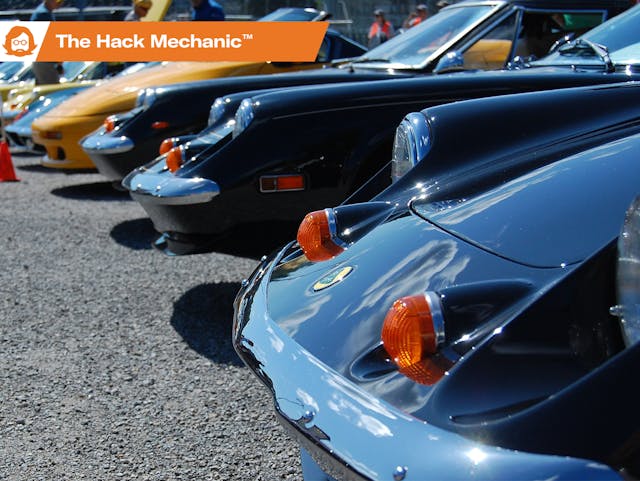
During the past 10 years, my wife has become an avid quilter. Our passions are often displayed in parallel after dinner. I’ll duck out to the garage to do a few things, and she’ll say, “I’m going upstairs to play with fabric.”

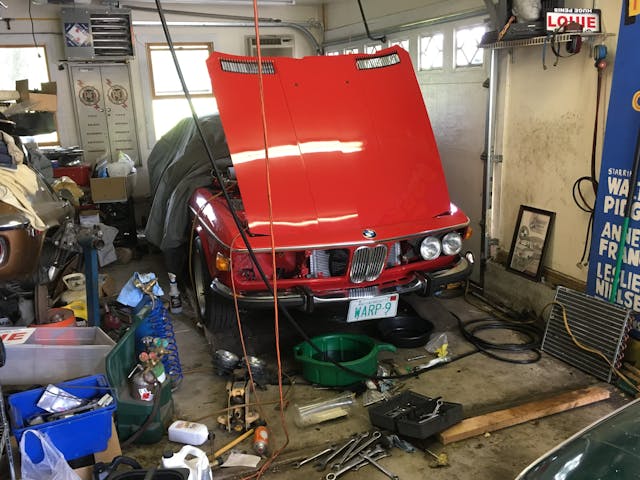
Once the quilting thing took root with her, she began going to quilting workshops and retreats like I go to car events. At some point, we noticed that, despite the disparate nature of our hobbies / passions—hers is certainly cleaner, more colorful, less expensive, and usually occupies less space, though she will occupy every horizontal surface in the house—not only were there remarkable similarities, there’s an almost universal taxonomy you can apply to most hobbies:
- There is a physical object—a car, a quilt, food, plants, etc.
- There is an activity involving that object. That can be working on cars, quilting, cooking, gardening, etc.
- There is a social circle of people you routinely engage with in the pursuit of the passion.
- The passion satisfies you on some deep metaphysical level.

When you break it down this way, it’s understandable that, if a hobby satisfies all four of these points, you get completely sucked in and it becomes a life-defining passion. Maybe you’re a lone wolf who doesn’t need the social circle, but most of us are, in fact, social creatures, and I’ve long felt that hobbies / passions are wonderful creators of connective tissue between human beings, helping us to form bonds and foster interactions between people we might not normally cozy up to.
On the other hand, it also explains why some hobbies never really fully take root and blossom into passions. For example, if you enjoy the end-product of gardening (the look of the garden) but find you don’t like the feeling of dirt under your fingernails, or if you like to cook but went to a “foodie” event and thought everyone there was a pretentious jerk, you might still enjoy those activities but not feel like they satisfy your soul.
Of course, the way that cars allow several different vectors for entry on each one of these points is part of what makes them such powerful passion magnets. As physical objects, cars can be appreciated on several different levels—the marque’s history, the car’s exterior shape and form, its interior, performance, etc. Cars can be used for multiple activities—actual useful transportation, joyriding, short cars-and-coffee-type events, long road trips, well-defined repairs, and lengthy projects. I can wax eloquent on how working on cars centers me, engages my right brain, allows me to, in a world where so many problems are intractable, troubleshoot and fix my own corner of the universe, but when I’m in the zone, I’m not intellectualizing any of that. I’m just happy.
Marketplace
Buy and sell classics with confidence
And the social circle? Three-quarters of my social media friends are probably connected to me through cars, and I’ve had Facebook friendships or met-once-for-10-minutes-at-an-event friendships result in someone bailing me out on a road trip. So, while the taxonomy of passion may be universal, the fact is that I’m not a quilter or a gardener or a cook. I’m a car person. It is life-defining. It satisfies my soul.
So that’s the passion. But what about the cars themselves? Over the years, I’ve thought a lot about why we have lifelong relationships with some of our cars, but others are just flings. For a long time, I’ve nut-shelled it as these three things:
- Looks: There’s no sin in saying that you fell in love with a car because of the way it looks. Really, it’s little different from that first flush of human-to-human attraction. It begins from afar, and then is cemented when you see the car close up in the flesh, and it looks just right, and it causes some special combination of neurons to fire, and you’re simply hooked. Many of us are repeat offenders, buying the same make and model over and over, maybe then broadening to a different model, or a different make within an era and a nationality (e.g., moving laterally from 1970s BMWs to 1970s Mercedes), but it never ceases to amaze me how I can sometimes be utterly smitten by something from left field (like my infatuation with a C3 Corvette and a lakester-inspired Track T roadster). We’re attracted to what we’re attracted to, and that’s a beautiful thing.
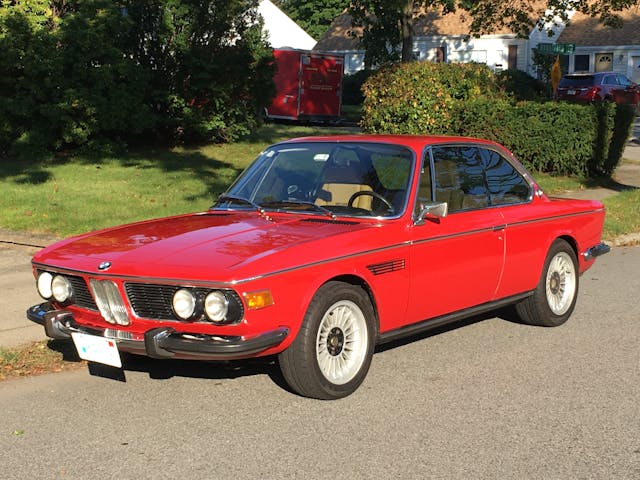
- Interior: Although your reaction to a car’s exterior is the central pillar of passion (sorry, I am never going to be smitten with a Subaru WRX), the interior is the place we spend most of our time interacting with the car. Thus, the whole era-and-nationality thing is probably even more crucial with a car’s interior than with its exterior. I love the form-follows-function design of 1970s BMWs. It’s simple and elegant. At the other end of the scale, I also love the dashboards of early 1960s American cars with their jet age-inspired chrome pods and selector switches. I’m not sure I could ever really love a post-’67 American muscle car (the Anne-Margret lines of the C3 ’Vette’s body notwithstanding), because by that time, the bean counters were running the house and nearly all those beautiful swoopy chrome dashboard forms got replaced by three plastic rectangles.

- Driving: Some cars may be primarily just for looking at, but most of the cars we love are drivers, and thus the driving experience is central to a long-term relationship. It doesn’t have to be raw horsepower, 0–60 time, and lateral G-forces, but those things certainly help. I fell in love with my ’99 BMW M Coupe (a.k.a. “the clown shoe”) when I test drove it, mashed the accelerator while merging onto the highway, and found myself going 90. But mostly, I think that we want a car to be what it’s supposed to be, whether that’s a big boaty cruiser or a corner carver. What we usually don’t like are cars that have those wires crossed—e.g., a cruiser that rides like a truck, or a car that we always imagined as quick and taut that, instead, feels and sounds like a wheezing bucket of bolts.
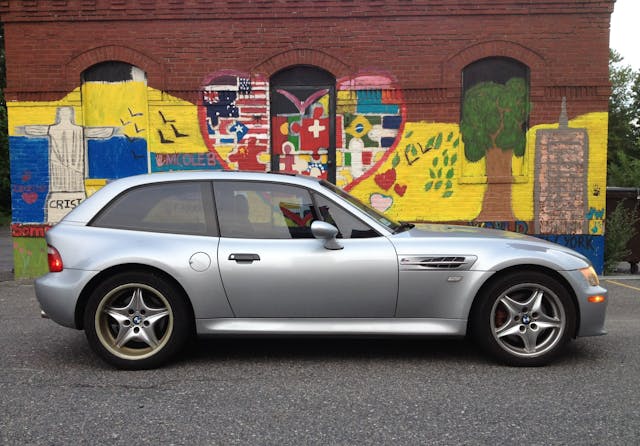

There is an important fourth point, one that’s so crucial and obvious that I’m stunned that, for years, I missed it:
- Origin Story: Many of us are attracted to cars that, for some reason, kicked us in the pants when we were young. A college student who owned a 1971 BMW 2002 lived with us for a summer when I was 13 and drove me all around the back roads of Amherst, Massachusetts in it, forever impressing upon me what that little car could do. No other car has imprinted on me (or I on it) quite the same way. I worked for another guy in junior high school who showed up one day in a red Lotus Europa, and I’ll never forget seeing something that low and angular in the flesh. I own both of these cars and feel the powerful tug of those adolescent memories every time I look at them.

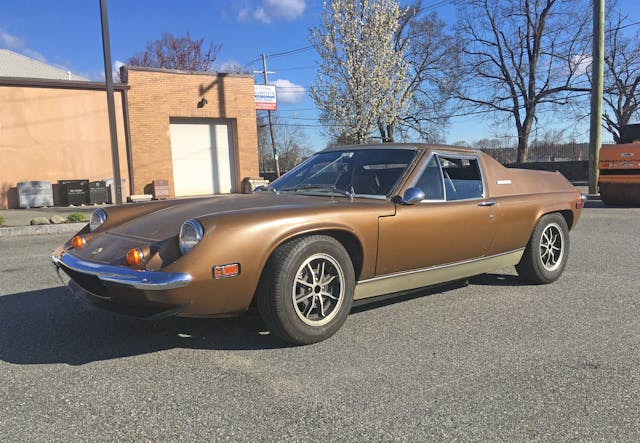
So, the rules of attraction are really pretty simple: The cars we love and keep forever are the ones that hit on all four of these points. That is, there’s some history with and/or emotional connection to the make and model, we love the car as we approach it in the driveway, we love it when we slide into the seat and survey the interior real estate, and we love it while we’re driving it. The cars that stay for a few years and then get sold to buy something else usually hit on the three non-nostalgic points—even without having had an adolescent encounter with the car, seeing it and sitting in it lights the pleasure centers of our brain, and we smile as we drive it. But take one of those away—for example, love the look, like the drive, but feel meh about the interior—and the car probably won’t be a long-term driveway resident. As I wrote a few weeks ago, my Euro 1979 BMW 635CSi is a car whose look I love and interior I really like, but its road character is that of a touring car, not a pleasure-driver or a corner-carver, so when I’m not distance-driving it, I feel like I need to justify its continued presence. Fortunately, that second-guessing goes away in the first few miles of a road trip.
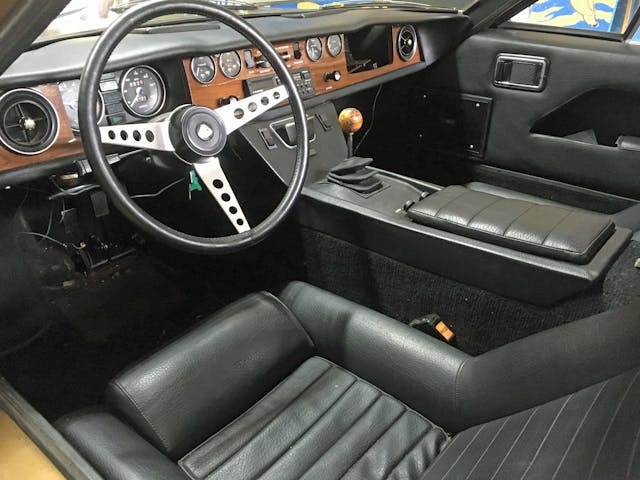
If a car doesn’t measure up on two of the first three points, well, hopefully you find that out before you buy it, but in this age of click-and-buy, you may not. For a number of years, I had a serious jones for a 1990s BMW E31 8 Series car, specifically a V12-powered 850i six-speed. When they were new, the 850i was derided as looking like a fat second-generation Supra, but with time, the car’s “planted” rear end looks better and better, and in the current BMW design era where their signature front kidneys have swelled comically to ensure brand identification from the adjacent zip code if not from space, the 850i’s small slender kidneys look elegant. About six years ago, these cars were at the bottom of their depreciation curve, and the fact that they were available as a six-speed wasn’t well known (only 857 were imported). But when I drove two low-priced examples, I was put off by both the car’s heft and its modern dashboard.

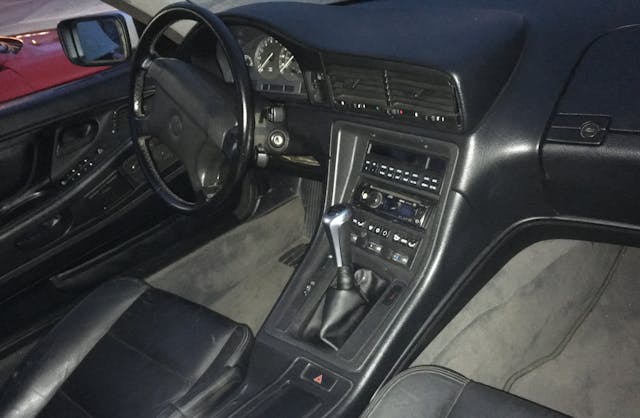
One more thing about the social circle aspect of car ownership. As I said above, shared hobbies / passions are wonderful things in that they help connect people who might not be connected otherwise. Many newbie enthusiast car owners report the wonderful experience of having a problem with or a question about their new purchase, posting the question to an enthusiast forum, and having people fall over each other to help them. This has happened with every one of my cars, from my vintage BMWs to my wife’s Honda Fit to our little Winnebago Rialta RV. But I’ve long said that we instinctively know when people are “our people,” so when the car builds that path as well, it’s another vector for long-term satisfaction.
When I drove my just-got-it-road-worthy Lotus Europa to the annual Lotus Owner’s Gather (LOG), I didn’t know that I’d spend two days with vintage Lotus owners (yes, both the cars and the owners were vintage), who clearly were “my people”—scrappy, resourceful, and in it for the passion, not for what the cars were or weren’t going for on Bring a Trailer.

There you have it. Those are my rules of attraction. What do you think? Did I miss anything? I could go into “The Rules of Repulsion” (what makes us sell cars), but I think that’s a whole other article.
***
Rob Siegel’s new book, The Best of the Hack MechanicTM: 35 years of hacks, kluges, and assorted automotive mayhem, is available on Amazon. His other seven books are available here, or you can order personally-inscribed copies through his website, www.robsiegel.com.















